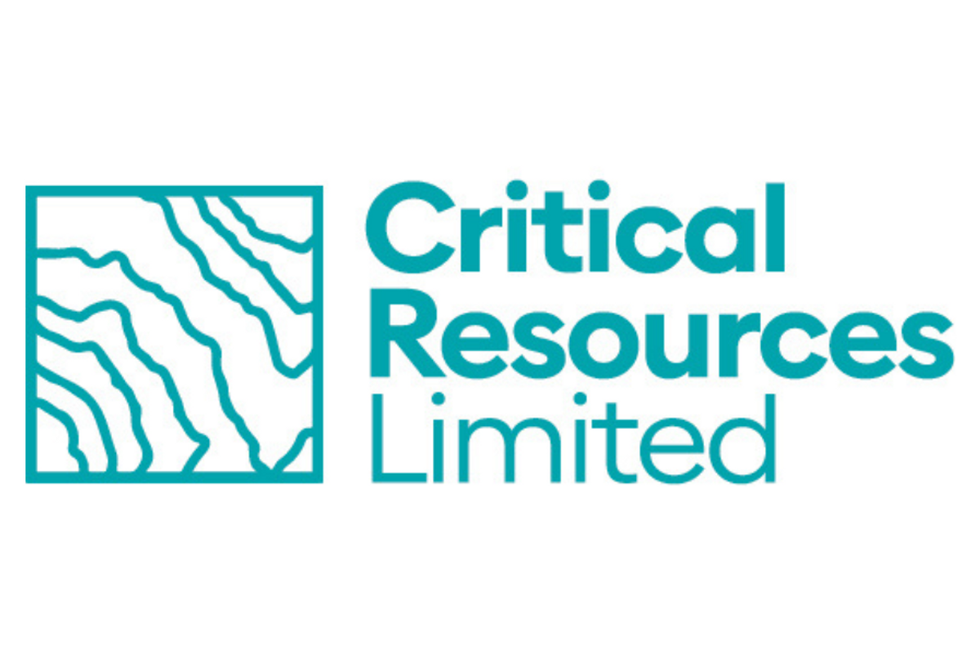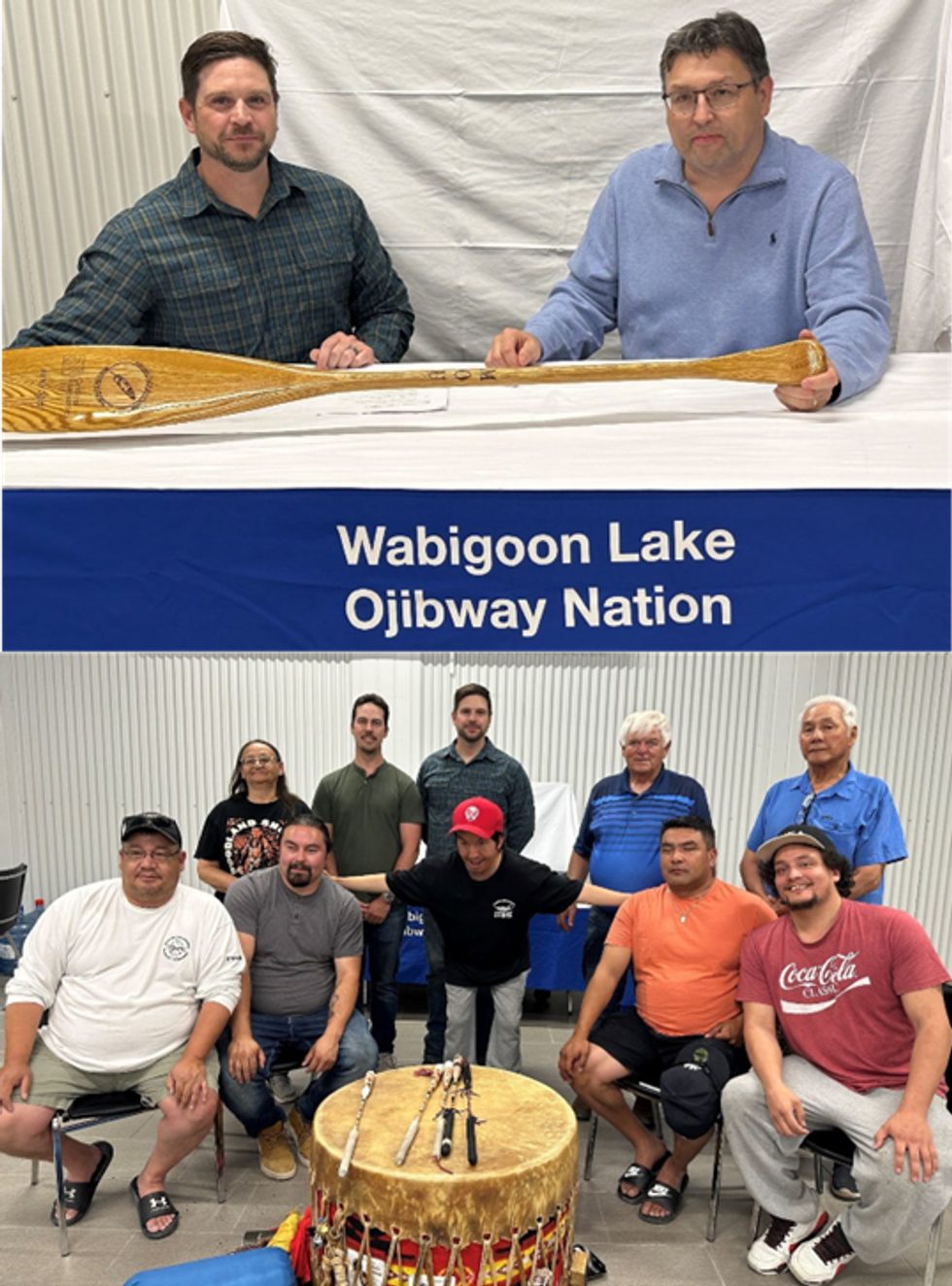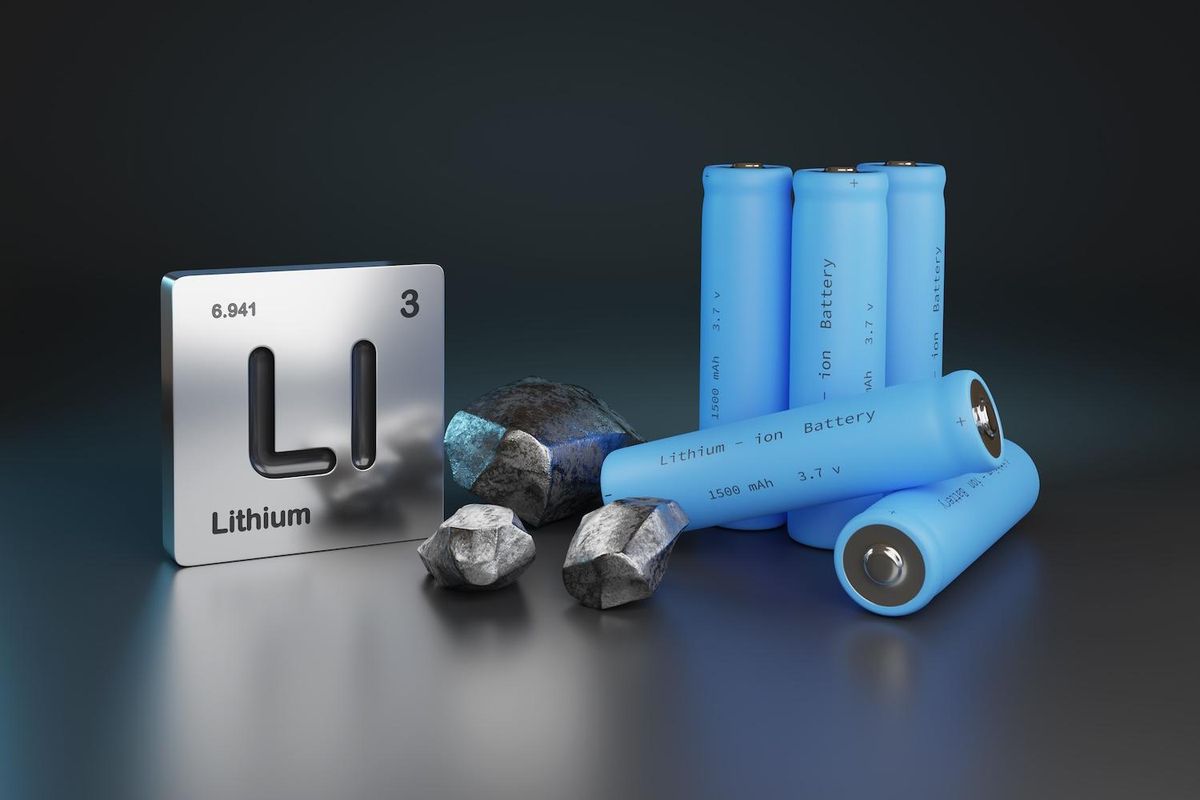
June 19, 2023
Lithium development company Critical Resources Limited ASX:CRR (“Critical Resources” or “the Company”) is pleased to announce that, after more than a year of positive interaction and dialogue, it has executed an Agreement In Principle (AIP) with the Wabigoon Lake Ojibway Nation (“WLON”) regarding ongoing exploration and development activities at the Company’s 100%- owned Mavis Lake Lithium Project in Ontario, Canada.
Highlights
- Agreement In Principle (AIP) follows over 18 months of positive dialogue and relationship development between the Wabigoon Lake Ojibway Nation (WLON) and Critical Resources
- Formalises the processes and communication to ensure that the Mavis Lake Lithium Project is advanced in a mutually beneficial manner
- AIP sets the framework to achieve WLON community consent for the future development of the Mavis Lake Lithium Project
Pathway for Exploration and Development
The AIP defines how Critical Resources and WLON will work together and collaborate to allow continued exploration and project development work by the Company at Mavis Lake. It also ensures that all activities are undertaken in a respectful manner that acknowledges WLON’s connection to the land and waters in the Mavis Lake area.
The AIP formalizes what has been a very positive relationship and informal dialogue between the two groups over the past 18 months.
Moving forward, the AIP introduces structure around regular community engagement, including formal project updates and meetings between WLON and the Company. The AIP also lays the foundation for the development of an impact benefit agreement as well as achieving WLON community consent for the future development of the operation.
The AIP was formally signed at an official ceremony held in the WLON community. The ceremony was attended by Chief Clayton Wetelainen and his Council, Elders, community members and representatives from Critical Resources.
About Wabigoon Lake Ojibway Nation
Wabigoon Lake Ojibway Nation is a proud, progressive and resilient indigenous nation on the shores of what is now called Dinorwic Lake, west of the township of Dryden, Ontario, with strong roots in the traditional Anishinaabeg culture.
The ancient presence of WLON people on their land is reflected in its vast forests and countless lakes, rivers, and streams. Land and water are vital resources and connections to the WLON people.
WLON understand and support the principles of sustainable development and the economic opportunities that such sustainable development will bring to their people.

Chief Clayton Wetelainen, said:
“We acknowledge the importance of lithium as a critical mineral that is needed to support renewable energy and more sustainable future.
“We remain aware of the importance of developing projects in a manner that respects our lands, our water and our Elders.
“This is the first step in our journey together.”
Critical Resources Managing Director, Alex Cheeseman, said:
“Over the past 18 months, the Company has built very strong relationships with the WLON community. We engaged early, openly and respectfully.
Formalising the relationship through the AIP reflects the desire of both groups to collaborate and advance the Mavis Lake Project in a manner that is sustainable, while also ensuring that the economic benefits of the Project will have a positive impact on WLON and other First Nation Communities that hold a deep and unbroken connection to the land and waters in the area.
It was a privilege and an honour to be able to attend the official signing ceremony and we look forward to continuing to work with WLON for many years to come.”
This article includes content from Critical Resources, licensed for the purpose of publishing on Investing News Australia. This article does not constitute financial product advice. It is your responsibility to perform proper due diligence before acting upon any information provided here. Please refer to our full disclaimer here.
CRR:AU
The Conversation (0)
21 June 2022
Critical Resources
High-grade Lithium Portfolio, in a Tier 1 Location, Aligned with the World’s Green Energy Transition
High-grade Lithium Portfolio, in a Tier 1 Location, Aligned with the World’s Green Energy Transition Keep Reading...
35m
Liontown Resources’ Spodumene Auction Attracts Nine Countries
Liontown Resources (ASX:LTR,OTC:LINRF) held its first digital spot sales auction for 10,000 wet metric tonnes of spodumene concentrate from its Kathleen Valley lithium operations in Western Australia.The auction, attracting over 50 buyers from nine countries, was conducted on Metalshub, a... Keep Reading...
21 November
Top 5 Canadian Mining Stocks This Week: Sigma Lithium Flips the Switch with 64 Percent Gain
Welcome to the Investing News Network's weekly look at the best-performing Canadian mining stocks on the TSX, TSXV and CSE, starting with a round-up of Canadian and US news impacting the resource sector.Statistics Canada released October’s consumer price index (CPI) data on Monday (November 17).... Keep Reading...
18 November
Ganfeng Chairman’s Forecast Sparks Lithium Price Surge in China
China’s lithium market strengthened sharply on Monday (November 17) after Ganfeng Lithium (OTC Pink:GNENF,HKEX:1772) Chairman Li Liangbin said at a domestic industry conference that demand for the key battery metal could grow by as much as 40 percent in 2026.The most-traded lithium carbonate... Keep Reading...
17 November
Ontario Lithium Project Development Update
Green Technology Metals(GT1:AU) has announced Ontario Lithium Project Development UpdateDownload the PDF here. Keep Reading...
17 November
Mineral Resources and POSCO Pen Lithium Joint Venture
Mineral Resources (ASX:MIN,OTCQB:MALRF) and Korean steel producer POSCO Holdings (NYSE:PKX,KRX:005490) have executed a binding agreement, creating a lithium joint venture.According to the release, the new entity will hold 50 percent of Mineral Resources’ existing ownership in the Wodgina and Mt... Keep Reading...
11 November
China Grants Conditional Approval to Codelco-SQM Lithium Joint Venture
Chile’s state-owned copper giant Corporación Nacional del Cobre de Chile (Codelco) and local lithium producer Sociedad Quimica y Minera (SQM) (NYSE:SQM) have cleared the final major hurdle for a long-planned partnership after China’s antitrust regulator granted conditional approval to the... Keep Reading...
Latest News
Latest Press Releases
Related News
TOP STOCKS
American Battery4.030.24
Aion Therapeutic0.10-0.01
Cybin Corp2.140.00






